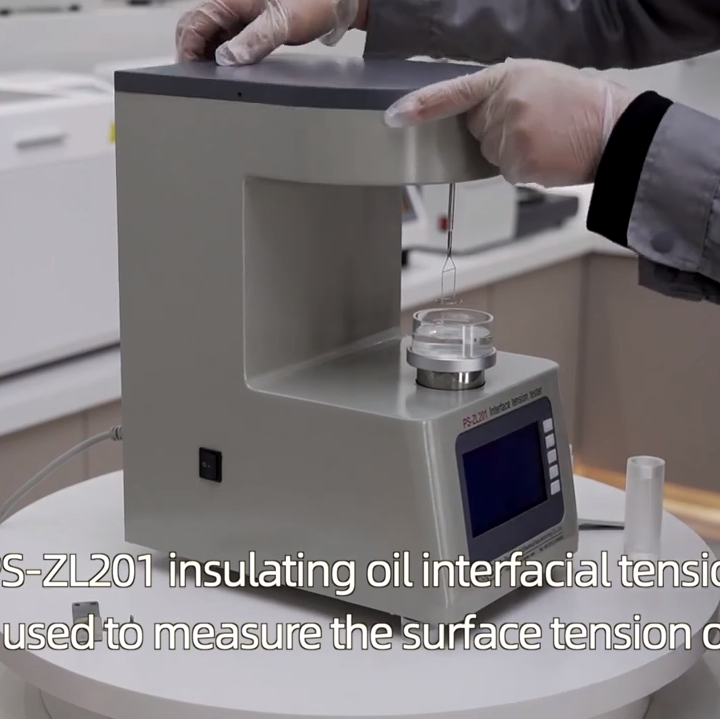 English
English



-
 Afrikaans
Afrikaans -
 Albanian
Albanian -
 Amharic
Amharic -
 Arabic
Arabic -
 Armenian
Armenian -
 Azerbaijani
Azerbaijani -
 Basque
Basque -
 Belarusian
Belarusian -
 Bengali
Bengali -
 Bosnian
Bosnian -
 Bulgarian
Bulgarian -
 Catalan
Catalan -
 Cebuano
Cebuano -
 China
China -
 China (Taiwan)
China (Taiwan) -
 Corsican
Corsican -
 Croatian
Croatian -
 Czech
Czech -
 Danish
Danish -
 Dutch
Dutch -
 English
English -
 Esperanto
Esperanto -
 Estonian
Estonian -
 Finnish
Finnish -
 French
French -
 Frisian
Frisian -
 Galician
Galician -
 Georgian
Georgian -
 German
German -
 Greek
Greek -
 Gujarati
Gujarati -
 Haitian Creole
Haitian Creole -
 hausa
hausa -
 hawaiian
hawaiian -
 Hebrew
Hebrew -
 Hindi
Hindi -
 Miao
Miao -
 Hungarian
Hungarian -
 Icelandic
Icelandic -
 igbo
igbo -
 Indonesian
Indonesian -
 irish
irish -
 Italian
Italian -
 Japanese
Japanese -
 Javanese
Javanese -
 Kannada
Kannada -
 kazakh
kazakh -
 Khmer
Khmer -
 Rwandese
Rwandese -
 Korean
Korean -
 Kurdish
Kurdish -
 Kyrgyz
Kyrgyz -
 Lao
Lao -
 Latin
Latin -
 Latvian
Latvian -
 Lithuanian
Lithuanian -
 Luxembourgish
Luxembourgish -
 Macedonian
Macedonian -
 Malgashi
Malgashi -
 Malay
Malay -
 Malayalam
Malayalam -
 Maltese
Maltese -
 Maori
Maori -
 Marathi
Marathi -
 Mongolian
Mongolian -
 Myanmar
Myanmar -
 Nepali
Nepali -
 Norwegian
Norwegian -
 Norwegian
Norwegian -
 Occitan
Occitan -
 Pashto
Pashto -
 Persian
Persian -
 Polish
Polish -
 Portuguese
Portuguese -
 Punjabi
Punjabi -
 Romanian
Romanian -
 Russian
Russian -
 Samoan
Samoan -
 Scottish Gaelic
Scottish Gaelic -
 Serbian
Serbian -
 Sesotho
Sesotho -
 Shona
Shona -
 Sindhi
Sindhi -
 Sinhala
Sinhala -
 Slovak
Slovak -
 Slovenian
Slovenian -
 Somali
Somali -
 Spanish
Spanish -
 Sundanese
Sundanese -
 Swahili
Swahili -
 Swedish
Swedish -
 Tagalog
Tagalog -
 Tajik
Tajik -
 Tamil
Tamil -
 Tatar
Tatar -
 Telugu
Telugu -
 Thai
Thai -
 Turkish
Turkish -
 Turkmen
Turkmen -
 Ukrainian
Ukrainian -
 Urdu
Urdu -
 Uighur
Uighur -
 Uzbek
Uzbek -
 Vietnamese
Vietnamese -
 Welsh
Welsh -
 Bantu
Bantu -
 Yiddish
Yiddish -
 Yoruba
Yoruba -
 Zulu
Zulu
gas chromatography operation
Understanding Gas Chromatography Operation
Gas chromatography (GC) is a powerful analytical technique widely used in laboratories for the separation and analysis of volatile compounds in a mixture. This method is crucial in fields such as chemistry, environmental monitoring, food safety, and pharmaceuticals. The technique exploits the differences in volatility and affinity of sample compounds for a stationary phase within a chromatographic column, allowing for effective separation and identification.
At the heart of gas chromatography is its operational principle, which involves vaporizing the sample and transporting it through a column where separation occurs. The sample is first injected into the gas chromatograph, where it is vaporized in the injector port, typically maintained at a high temperature. The vaporized sample then merges with a carrier gas, commonly helium or nitrogen, which serves as the mobile phase. The role of the carrier gas is to transport the sample through the column.
Understanding Gas Chromatography Operation
One of the most critical components of gas chromatography is the detector, which provides a means to quantify the separated compounds as they exit the column. Various types of detectors can be used, including flame ionization detectors (FID), thermal conductivity detectors (TCD), and mass spectrometry (MS). Each detector operates on different principles and offers unique advantages, such as sensitivity and specificity. For instance, the FID is particularly effective for detecting organic compounds, while mass spectrometry allows for the identification of compounds based on their mass-to-charge ratio.
gas chromatography operation

The output from gas chromatography is often displayed as a chromatogram, a graphical representation of detector response versus time. Peaks on the chromatogram correspond to different components in the sample, allowing for qualitative and quantitative analysis. The area under each peak can be integrated to determine the concentration of each compound, making GC a valuable tool for various applications.
Gas chromatography has found extensive use in the analysis of substances such as essential oils, environmental pollutants, and food additives. In the pharmaceutical industry, it plays a critical role in purity testing and stability studies of compounds. Additionally, GC is vital in forensic science for the analysis of substances in criminal investigations.
To conduct a successful gas chromatography analysis, several factors must be carefully controlled, including temperature, flow rate of the carrier gas, and the choice of column and stationary phase. Additionally, the sample must be properly prepared to avoid contamination and ensure accurate results.
In conclusion, gas chromatography is a sophisticated yet accessible technique that serves as a cornerstone in analytical chemistry. Its ability to provide precise separation and quantification of volatile compounds makes it indispensable in various scientific disciplines, contributing to advancements in research and ensuring safety and compliance across industries. Understanding its operational principles is vital for anyone looking to harness the power of this analytical tool in their work.
-
Testing Equipment Industry Sees Major Advancements in 2025: Smart & Precision Technologies Lead the WayNewsJun.06,2025
-
Applications of Direct Current Generators in Renewable Energy SystemsNewsJun.05,2025
-
Hipot Tester Calibration and Accuracy GuidelinesNewsJun.05,2025
-
Digital Circuit Breaker Analyzer Features and BenefitsNewsJun.05,2025
-
Benefits of Real-Time Power Quality Monitoring Devices for Industrial EfficiencyNewsJun.05,2025
-
Earth Fault Loop Testing in High-Rise Building Electrical SystemsNewsJun.05,2025



